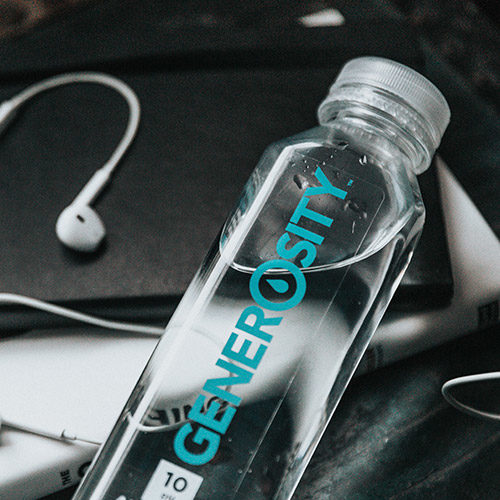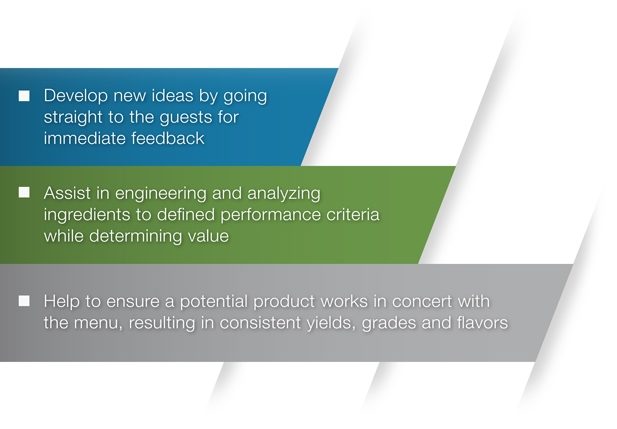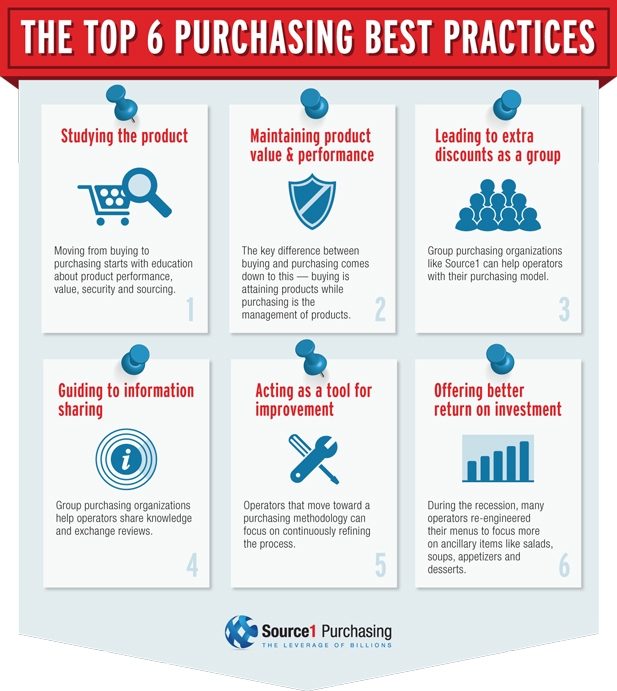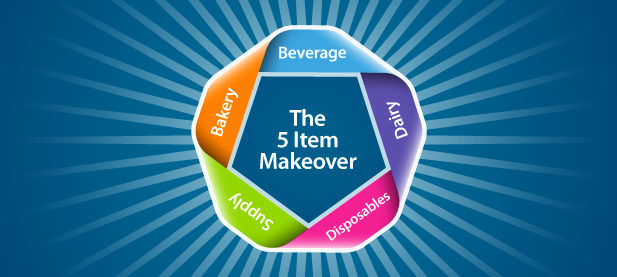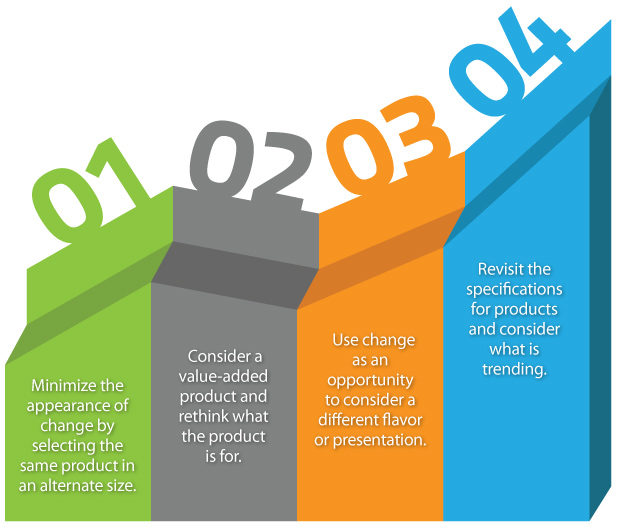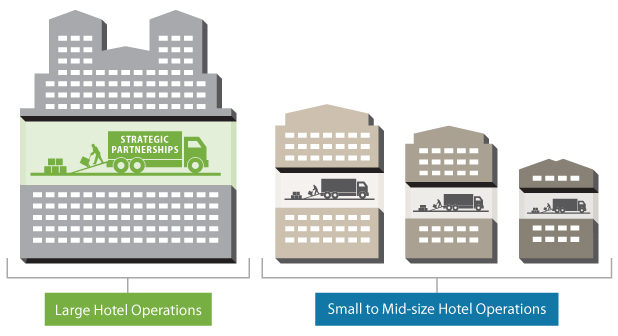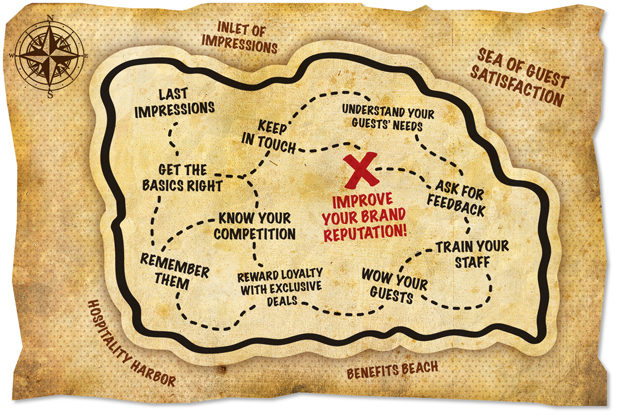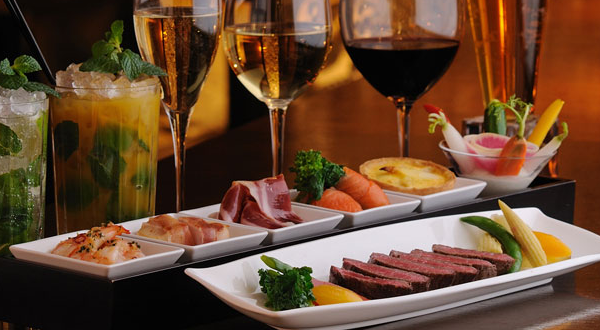How Strategic Sourcing Provides Alternatives to Room Service
More full-service hotels are eliminating room service as guests choose other options for meals.
As an article on news.com.au reports, the New York Hilton Midtown recently eliminated this amenity. The hotel now offers a gourmet self-service outlet for hungry guests.
According to the 2012 PKF Hospitality Research Figures, room service revenue represented only 1.2 percent of total hotel revenue last decrease, a 1.3 percent decrease compared to 2011.
As the needs of guests evolve, food and beverage must change to align with those needs.
Customers are looking for alternatives to the traditional hotel fare and they’re driving new trends. Similar to grocery trends, hotels need to make sure they’re offering grab-and-go items like sandwiches and salads as well as fully prepared meals.
Travelers are busy and want convenience. Think of this concept as a modern-day gift shop. Ensure that your guests find everything they need by offering items they use every day in a convenient pantry located right in your lobby.
Strategic sourcing of these items helps you keep more business on the hotel premises, demonstrating a level of guest service that drives referrals and returns. It also can serve as a new revenue stream.
Marriott is a great example of a brand that is embracing this concept. They are making the bistro and a 24/7 market a part of their brand standard. They are really on the forward edge of this trend.
Source1 is developing a pantry market program to help small to mid-sized operators introduce this concept. You will have options ranging from a 5-foot-tall rack with health-and-beauty products and packaged snacks all the way up to a pantry market with a broad array of food, snacks and supplies.
When you add these pantries you benefit by:
○ Providing a guest amenity: These pantries meet a specific guest need and improve guest satisfaction.
○ Increasing revenue: Strategic sourcing of these pantry items can offer opportunities to generate revenue — a vast improvement over the significant expense associated with room service.
You can meet the needs of your guests and create a new source of revenue by knowing what they want and serving those items with an experienced partner in strategic sourcing.







